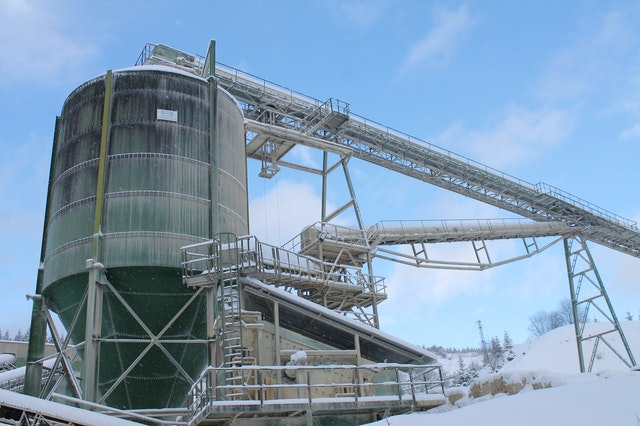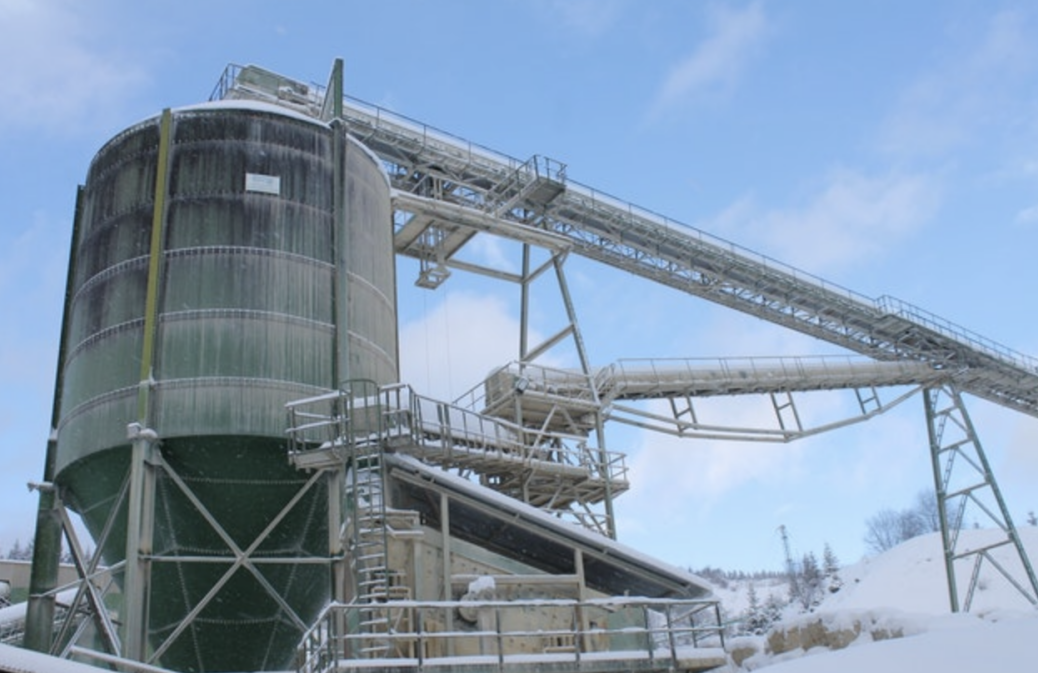
What you need to store, the climate and the goals of your particular plan depend on the appropriate processing facilities to fulfill your needs. Once you understand the advantages of steel, determine which kind of silo in, steel or concrete you want to invest in. Find these key facts If you don’t know what grain storage solution is right:
Iron Extraction from Iron Ore Using Blast Furnace
The common ores of iron are both iron oxides and can be reduced to iron by heating with coke and carbon. Coke is produced by heating coal in the absence of coal.
Iron ore coke is cheap and provides both a reducing agent and a heat source for the reaction, as you will see below.
Bessemer Process
Steel had not yet proved itself as a structural product in the 19th century, and its production was slow and costly. But this changed completely in 1856, when Henry Bessemer found a more effective way to supply oxygen to molten iron to reduce its carbon content. Henry Bessemer devised a pear-shaped vessel called a “transformer where iron could be heated while blowing oxygeni n basic oxygen furncace. As oxygen passes through molten steel which is hot metal, it reacts with carbon, releases carbon dioxide and produces a purer iron . The process was quick and inexpensive, and could remove carbon and silicon from iron within minutes. However, this high efficiency of the process had a disadvantage, which caused a large amount of carbon to be extracted from the iron, leaving too much oxygen in the final product. At the same time, British metallurgist Robert Mushet began testing an iron, carbon and manganese compound known as spiegeleisen. Manganese was known to extract oxygen from molten liquid iron, and when spiegeleisen was added in the right amounts, it would provide solutions to Bessemer’s problems with the help of the carbon content contained therein. Bessemer successfully added this material to his method.
Quality Control of Steel Producing Ensures
The steel making process for steel can be fully controlled and quality assured by corporations. On either side, during the manufacturing process, concrete output has several factors which can affect the end product.In a quality-controlled environment, factories produce all-state silo components utilizing existing methods and techniques for ensuring the quality of the finished product.The casted concrete silos were based on good weather conditions, timely deliveries of concrete and other structural sound variables. First of all, concrete has a useful life of fewer than two or three hours before its ideal properties are lost. A delayed delivery of concrete can thus affect the entire silo.
What is the difference between primary and secondary steelmaking :
Primary steel production, forcing oxygen from molten iron, then converts it into steel. Also known as basic oxygen steel production.
Secondary steel production is not as popular as its primary counterpart. However, it is still one of the most common ways of producing steel. What exactly is secondary steel production? It is also known as electric arc furnace steel production, secondary steel production. After melting the scrap iron, it is mixed with carbon and converted into steel.
Using of Direct Reduced Iron (DRI) in the Electric Arc Furnace (EAF) for Steelmaking :
Advantages of Using Direct Reduced Iron in Electric Arc Furnaces ;
• Very low residual content
• Predictable, homogeneous and certified chemical analysis
• Predictable mass and heat balances
• Carbon content can be adapted to EAF requirements
• Easier to use than scrap
• Can be fed to the oven continuously
• Hot charging in integrated plants
• Better slag foam
• Nitrogen control in steel
• Melt consistency
The Cost-Effectiveness of Metal
Concrete silos that look less expensive than iron and steel when you first spend, but a glimpse into the life cycle of a steel silo tells another story. Steel silos can last longer than concrete without melting or collapse.. Steel storage silos also provide larger storage capacity, rendering the consumer more costly. You will spend more for other people working onsite, prolonged periods of time due to bad weather and other negative factors which you lack in steel construction during the creation of a concrete silo.
Steel Allows Silo Designs More Effective.
Slip-frame concrete systems are continuous, which means that the positioning, the period of the end product and the performance of the rebar. A silo can take up less space and provide greater storage power with steel, a smaller diameter. Concrete silos are only appealing when the space is very limited. Creating silos and adding hardware are faster, quicker and cheaper.
Steel Allows Better Aeration of Grain
If the grain is processed, choose a silo of steel for increased aeration quality. Airing grains of steel silos in contrast to concrete is simpler and more effective. The ventilation in a large concrete silo is inappropriate compared to smaller and larger grain storage steel silos.. Steel silos are not dependent on external temperature so much for the correct kernel temperature, since lower grain depth in the aerating process contributes to less pressure thermal, lower temperatures externally are therefore not required.
Steel is Less Limited in Base
The building of a concrete silo needs solid, heavy soil to withstand the structure’s enormous weight. The silos of steel are Less compact and versatile and do not require a strong, fertile ground. You could be able to answer steel. Unless you have the support capability cement load-bearing. The construction of a silo is a sensitive system that requires special equipment and skills.
If you want to learn about new technologies in steel industry, you can see our blog post
| https://yenaengineering.nl/4-latest-technologies-in-steel-industry/ |


